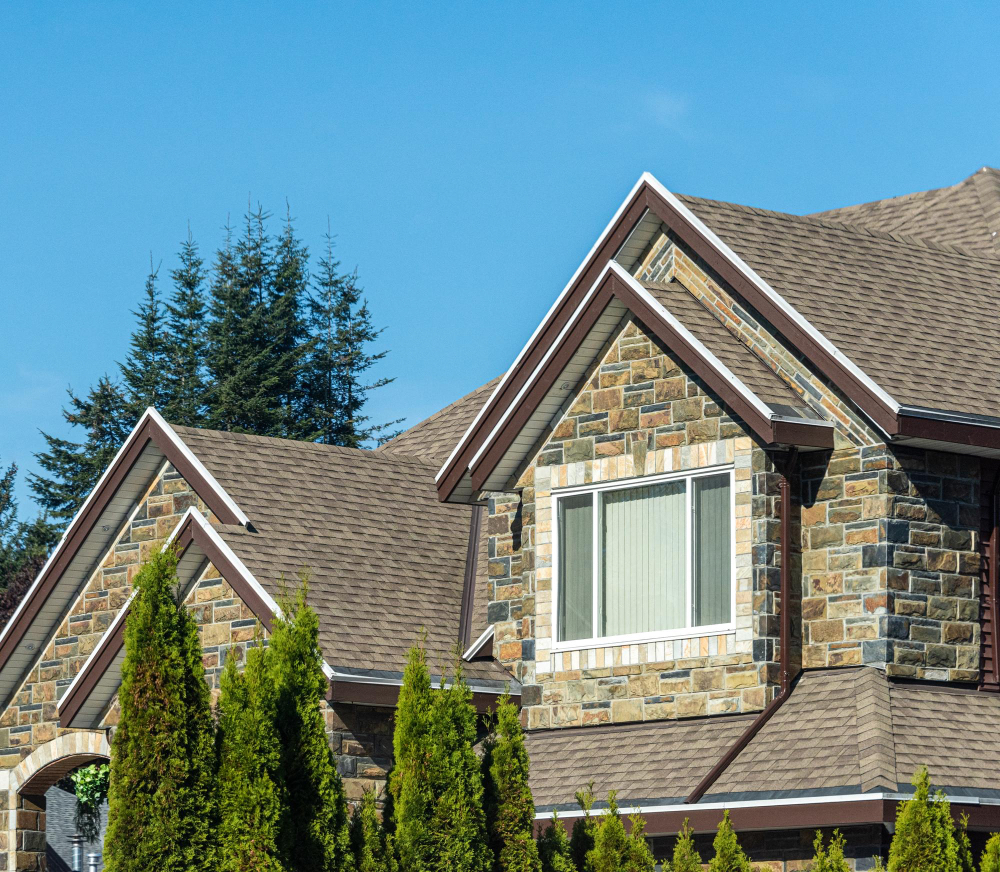Last updated on
In our ongoing battle against climate change, every little change we make can have a significant impact. From the way we power our homes to the materials we use in construction, there are numerous ways we can reduce our carbon footprint.
One area that often goes overlooked is our choice of roofing materials. While it might seem like a small detail, the type of roofing we use can play a significant role in our efforts to combat climate change. In this blog post, we’ll explore the concept of sustainable roofing and how it can help reduce our carbon footprint.
Understanding Sustainable Roofing

Before we delve into the ways sustainable roofing can reduce our carbon footprint, let’s first define what sustainable roofing is. Sustainable roofing refers to the use of materials and practices that minimize the environmental impact of a roof over its entire lifecycle, roofers at mendroofing.com explain. This includes everything from the production and transportation of materials to installation, maintenance, and disposal.
Sustainable roofing materials are typically those that are made from renewable resources, are recyclable or biodegradable, and have a low environmental impact during production. Additionally, sustainable roofing practices often involve maximizing energy efficiency and minimizing waste.
The Environmental Impact of Traditional Roofing Materials
To understand why sustainable roofing is important for reducing our carbon footprint, it’s essential to look at the environmental impact of traditional roofing materials. Many conventional roofing materials, such as asphalt shingles and metal roofing, have significant environmental drawbacks.
For example, asphalt shingles are petroleum-based products that require a substantial amount of energy to produce. They also contribute to the urban heat island effect by absorbing and retaining heat, which can increase temperatures in urban areas. Additionally, asphalt shingles have a relatively short lifespan compared to other roofing materials, leading to frequent replacements and increased waste.
Metal roofing, while durable and long-lasting, also has environmental drawbacks. The production of metal roofing materials can be energy-intensive, particularly if they are made from non-recycled metals. Metal roofs can also contribute to heat gain in buildings, especially if they are not properly insulated.
How Sustainable Roofing Reduces Carbon Footprint

Now that we understand the environmental impact of traditional roofing materials, let’s explore how sustainable roofing can help reduce our carbon footprint:
Use of Renewable Materials: Sustainable roofing materials are often made from renewable resources such as wood, clay, or recycled materials like reclaimed wood or metal. By using renewable materials, we reduce our dependence on finite resources and decrease the carbon emissions associated with extraction and processing.
Energy Efficiency: Many sustainable roofing materials, such as cool roofs or green roofs, are designed to improve energy efficiency. Cool roofs, for example, are made from reflective materials that reduce heat absorption, lowering cooling costs and decreasing energy consumption. Green roofs, which are covered in vegetation, provide natural insulation and absorb carbon dioxide from the atmosphere.
Longevity and Durability: Sustainable roofing materials are often more durable and long-lasting than traditional materials. This means they require less frequent replacement, reducing the amount of waste generated and the carbon emissions associated with production and transportation.
Recyclability and Reusability: Sustainable roofing materials are typically recyclable or reusable at the end of their lifespan. This reduces the amount of material sent to landfills and decreases the need for new raw materials, further lowering carbon emissions.
Carbon Sequestration: Some sustainable roofing materials, such as wood or bamboo, can sequester carbon dioxide from the atmosphere. This means that over time, these materials can help offset carbon emissions, making them a carbon-neutral or even carbon-negative choice.
Examples of Sustainable Roofing Options
There are several sustainable roofing options available today, each with its unique benefits:
Metal Roofing: When made from recycled materials and installed with proper insulation, metal roofing can be a sustainable option. It is durable, recyclable, and can be coated with reflective materials to improve energy efficiency.
Clay or Concrete Tiles: Clay and concrete tiles are made from natural materials that are abundant and recyclable. They are long-lasting, fire-resistant, and provide excellent insulation.
Slate Roofing: Slate roofing is a natural stone product that is extremely durable and long-lasting. It requires minimal processing and can be recycled or reused at the end of its lifespan.
Wood Shingles or Shakes: Wood shingles or shakes are made from renewable resources and can be sustainably harvested. They provide natural insulation and have a rustic, timeless aesthetic.
Green Roofs: Green roofs are covered in vegetation, which provides natural insulation, improves air quality, and reduces stormwater runoff. They also absorb carbon dioxide and provide habitat for wildlife.
The Takeaway
Sustainable roofing offers numerous benefits for both the environment and homeowners. By choosing roofing materials and practices that minimize environmental impact, we can significantly reduce our carbon footprint and contribute to the fight against climate change.
From using renewable materials to improving energy efficiency and promoting carbon sequestration, sustainable roofing provides a holistic approach to building design that benefits both present and future generations. So, the next time you’re considering a roofing project, remember the importance of sustainability and its role in creating a greener, more resilient future.
Table of Contents




